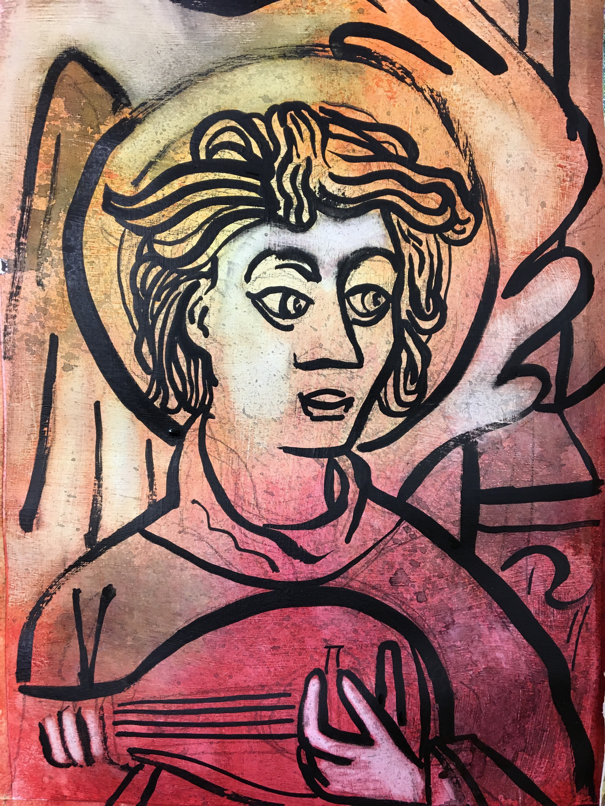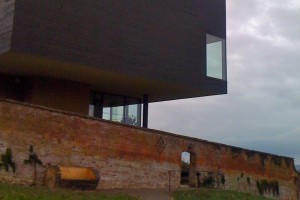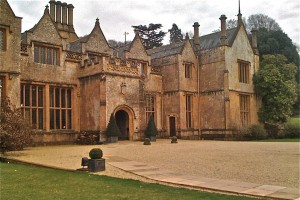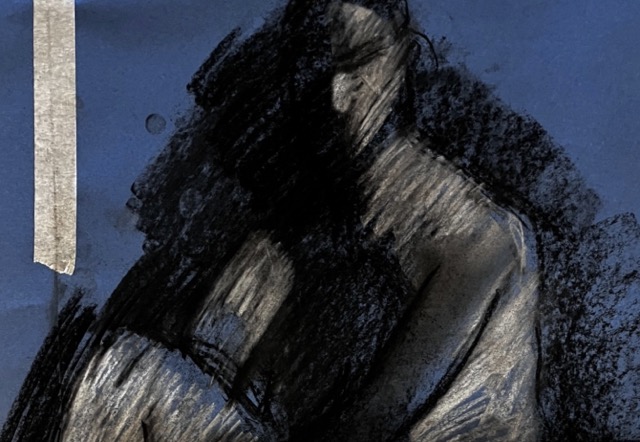
Gesso Stories


As the Christmas season approached, we tried something very different at my watercolour classes. By prepping the paper with gesso and then scratching and scoring texture into it, we were able to create the ideal surface for these faux stained glass panels. Once bone-dry, tube colour was applied and then gently lifted with a sponge in certain areas to create a backlit effect. The black ‘lead work’ is acrylic ink.

I enjoyed working on this textured gesso surface so much that I decided to use it in a recent commission. Above, is my large-scale watercolour of Trowbridge, painted in perylene green, perylene maroon and sepia. You can’t glaze your colours with this method as the addition of more colour will lift your underpainting. It’s a boon though if, like me, you’re always making mistakes and changing your mind! If you look at the sky (top right), you can see just how heavily textured the surface is. Quite a novelty for a watercolourist!

And rather than mess about with a brush, I found I achieved better results with a few different sized sponges, a bundle of cotton buds and my fingers. This formed the basis for a one-day workshop at Dillington House I titled ‘No Brush Necessary?’ The idea proved so popular that we had to run the day all over again!









This Post Has 0 Comments